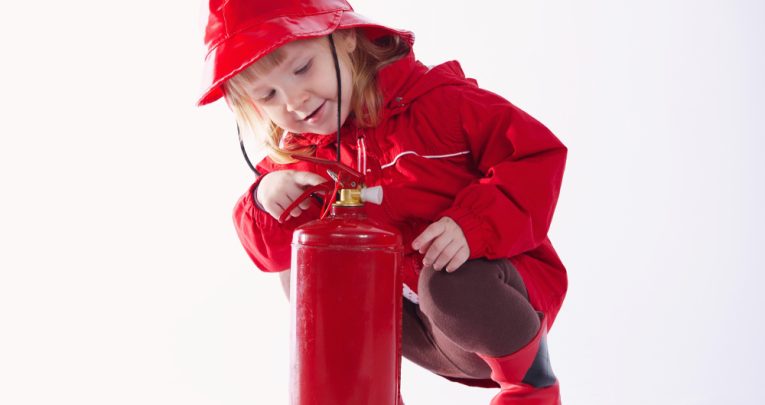Fire Safety – How to Prevent a Disaster in your Nursery

“You should review your fire risk assessment every year.”

Every business must comply with the Regulatory Reform (Fire Safety) Order 2005, but for a nursery business, fire safety should perhaps be an even bigger priority to protect young lives.
Not only can preventing a fire in your nursery save lives, but it also helps to guarantee the future of your business. Over 70% of businesses that have been involved in a major fire either do not reopen or subsequently fail within three years.
So here are eight things you can start doing today to prevent and prepare for a fire…
1. Conduct a risk assessment
The single most important thing you can do is carry out a fire risk assessment of your nursery premises. Look around and note all the potential sources of ignition (e.g. heaters, cooking equipment, electrical equipment) and fuel sources (e.g. paper, cardboard, fabric, furniture, rubbish, paints). These need to be kept a safe distance away from each other.
The next step is to identify those most at risk, and who will need assistance in an emergency, which will include the children and those with a disability or with mobility issues. This is just one reason why there are strict guidelines on the ratio of staff to children.
2. Install smoke alarms
In small premises, installing battery or mains smoke alarms may be all that is required. But in a building with multiple rooms, it’s a great advantage to have these interconnected or to invest in a fire alarm system. The reason is that you’ll be made aware of a potential danger quickly, allowing plenty of time to get everyone to safety and prevent a small fire spreading. It’s important you ensure these are always working correctly, and consider a carbon monoxide alarm too.
3. Have the right extinguishers
When you have fire extinguishers available for people to grab and use, a member of staff may be able to react quickly to prevent a fire escalating. Give them the best chance by supplying suitable fire extinguishers and providing signage with them.
In a nursery, having water and CO2 fire extinguishers gives you the best level of protection against combustible materials and electrical equipment. Additionally, don’t forget a fire blanket for kitchen areas. If you need a particular extinguisher to counter a specific hazard, such as flammable liquids, this will be raised in your risk assessment.
4. Make sure they’re serviced annually
Not only is it a requirement, but having fire extinguishers serviced every year by a professional is also the best way of knowing they can be relied on. And just like an MOT for a car, this will raise and resolve any issues before they become a problem.
5. Choose and train fire wardens
Select members of staff you can rely on when they’ve received the correct training, and they’ll know how to stay calm in an emergency and to assist with an evacuation. Additionally, fire wardens are able to assist with your fire prevention responsibilities.
6. Create an emergency exit plan
Ideally, the main entrance to your premises will be the usual way in and out as it is the route people are most familiar with. Of course, you also need a plan B should that route become blocked, and both should lead to an assembly point a safe distance from the premises.
7. Hold regular fire drills
An evacuation is a scary thing for people of any age, and especially so for young children. The best way of normalising this, and ensuring they know not to go and hide, is to carry out a regular fire drill so they become familiar with it.
8. Keep your risk assessment up to date
A fire risk assessment is never complete. It needs updating whenever there is a change to building layout, procedures, or operations, and it only takes a few minor alterations to have an impact. This is why fire brigades recommend reviewing your fire risk assessment every year.
To find out more information about fire risk assessments and fire safety equipment, visit fireprotectiononline.co.uk.











